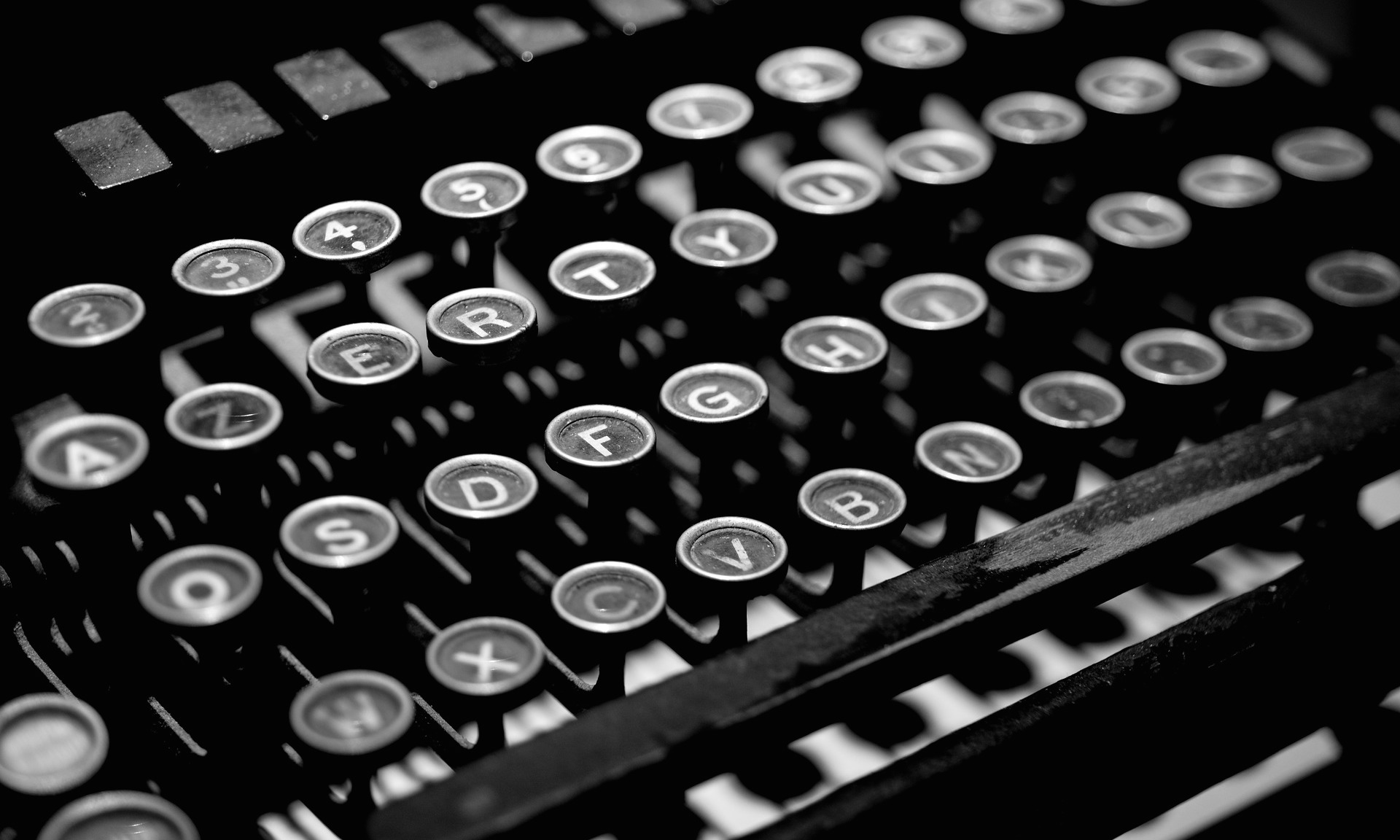“too scared of coming down,
too scared of going up,
too scared of rockface”
— from “Sugar” by Heather Nova
I spent the last week in Anchorage, Alaska, mostly visiting family, as well as spending a bit of time here and there going fishing and hiking. One of my favorite hikes near Anchorage is Flattop, a small (by Alaskan standards) mountain that is exactly as it’s name describes — flat on top. Every time I return to Anchorage, I try to fit in time to climb Flattop and last Tuesday, my mom, sister, and I took part in the hike together.

It was a gorgeous, sunny day in Anchorage when we set out for the hike. The air was cool, crisp, and fresh. My sister said that when she used to hike Flattop as a kid, she always felt like she had been whisked away to Ireland (a fair comparison.
The trail is steep at moments, with switchbacks and wood staircases that seemed to go on forever. We took it slow, breathing heavy and taking time to pause in order to look out and enjoy the scenery, which grew more and more impressive the higher we climbed.


